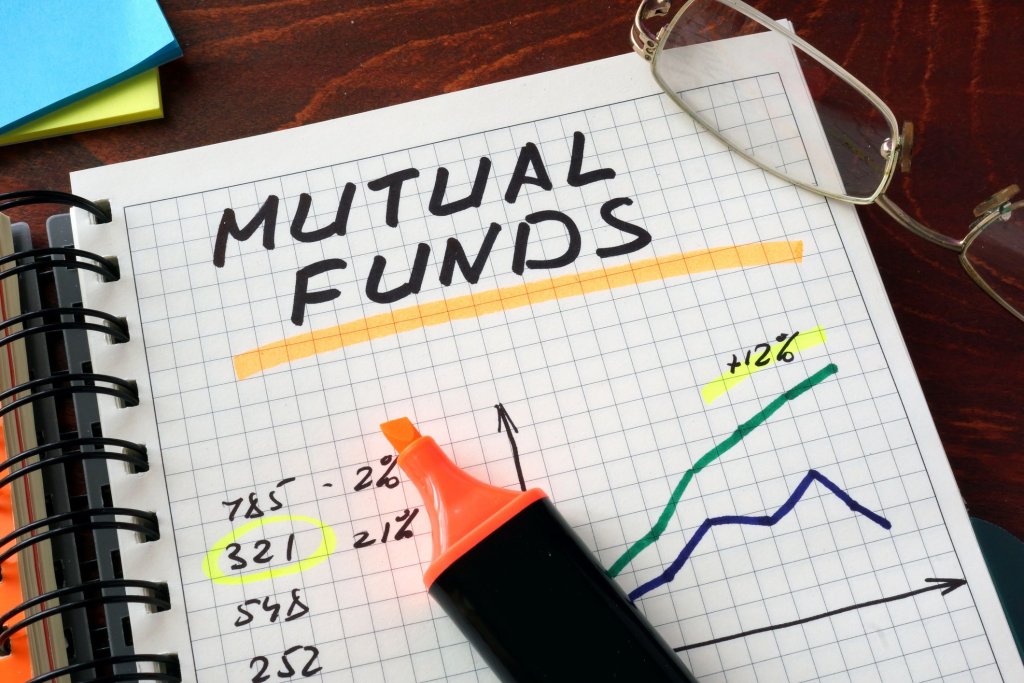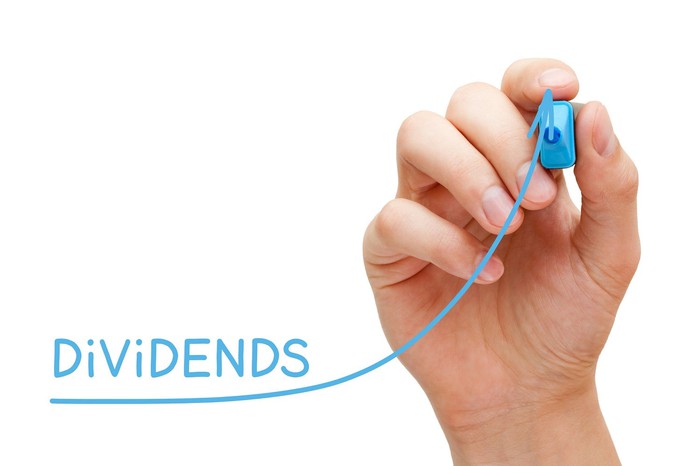Banking on mutual fund dividends can either enhance your financial health or make it crash, the difference being the knowledge you have. There are practically thousands of mutual funds for you to choose from and most of them offer all of the basic characteristics that make them popular investment options. Some of these are; liquidity, professional management, and diversification. However, only a few of them offer a high dividend yield.
A high-dividend yield mutual fund is extremely appealing to investors who wish to have a consistent income. These investors only invest in the high-coupon bonds and high-dividend stocks in order to have a regular income each year. The income shall be paid in the form of dividends which is evenly distributed and represents a portion of the investor’s funds from all their investments.
Most funds are designed to avoid interest-paying bonds and dividend-generating assets so as to minimize the tax liabilities for the shareholders. Others usually focus on the potential of very fast growth in the stock prices instead of the steady but modest income. These funds usually have some dividend distributions as well. Our editors have dug deep into mutual fund dividends and the results of their investigation are below for you to evaluate.

What You Need To Know About Mutual Fund Dividends
Dividends are usually paid to investors as a portion of the company’s profits. These companies have to be thriving financially in order to pass some of their profits to their shareholders in the form of dividends. Each shareholder gets a specific amount of the dividend depending on the value of their investment. In a high-yield dividend fund, however, the income usually consists of a major chunk of the total returns.
Funds that are mainly growth-oriented will earn just modest dividends from a few of their holdings. Mutual fund investors will only take dividend distributions when they have been issued or they may decide to re-invest the funds in additional fund shares. However, the mutual funds that receive dividends in their portfolios are required to pass them to the shareholders in whichever way they wish.
How Are Mutual Fund Dividends Calculated?
A mutual fund can have a portfolio filled with either interest-bearing bonds or dividend-bearing stocks. It can also have both. Mutual funds are required to pass all of their net income to shareholders in the form of dividends. This includes the interest they earn from any debt securities as well, such as government or corporate bonds, treasury notes and treasury bills.
A bond typically pays the investor a fixed amount as interest each year, and this is known as coupon payment. This payment is usually a percentage of the face value of the bond. Now, unlike stock dividends, the bond interest is a guaranteed amount that must be established upfront.
How Does Timing And Aggregation Affect Your Investment?
Most companies that pay out dividends on common or preferred stock or both will typically do so on a quarterly basis. However, there are other companies that will pay on a semi-annual basis and a few others that will issue dividend checks each month. The mutual funds will collect the income and then distribute it to all of its shareholders on a pro-rata basis.
There are some funds that usually withhold a portion of the dividends during certain months and then pay them out much later in the month so as to achieve a much more level distribution of their income. The interest earned from all fixed-income securities is aggregated and then distributed to the shareholders on a pro-rata basis. These will probably appear on your statement as dividend income.
Should You Reinvest Your Dividend Income?
As an investor, you may prefer to reinvest your dividend rather than receive it as a payout. In order to do this, you must establish a dividend reinvestment plan with your broker. It is a very simple process that involves notifying them that they should automatically reinvest the money into buying additional shares.
How To Understand Tax On Mutual Fund Dividends
The funds that share dividends will often reduce the price of their shares in regards to the amount of dividend they are paying on the ex-dividend date. This is done in the same way as individual stocks.
For example, if the share price of a stock is around $10.42 and pays a dividend of about $0.10 per each share, then it shall be trading at $10.32 on the ex-dividend date. A shareholder that owns this stock shall be paid that amount of dividend per each share they own.
Now, unless the dividend funds come from a tax-advantaged plan or an individual retirement account – IRA, all the dividends are treated as ordinary income in the year that they are paid out. Mutual fund dividends are then reported in form 1099-DIV just like dividends received from individual stocks.

What You Need To Know About Mutual Fund Dividends Conclusion
The rules of aggregation, reinvestment and pricing are all the same regardless of the mutual fund you decide to invest in. We hope the above information has helped shed a light on dividend income received from mutual funds. The most important thing you can do before investing in any kind of fund is understand the market and what is best for your financial health.




